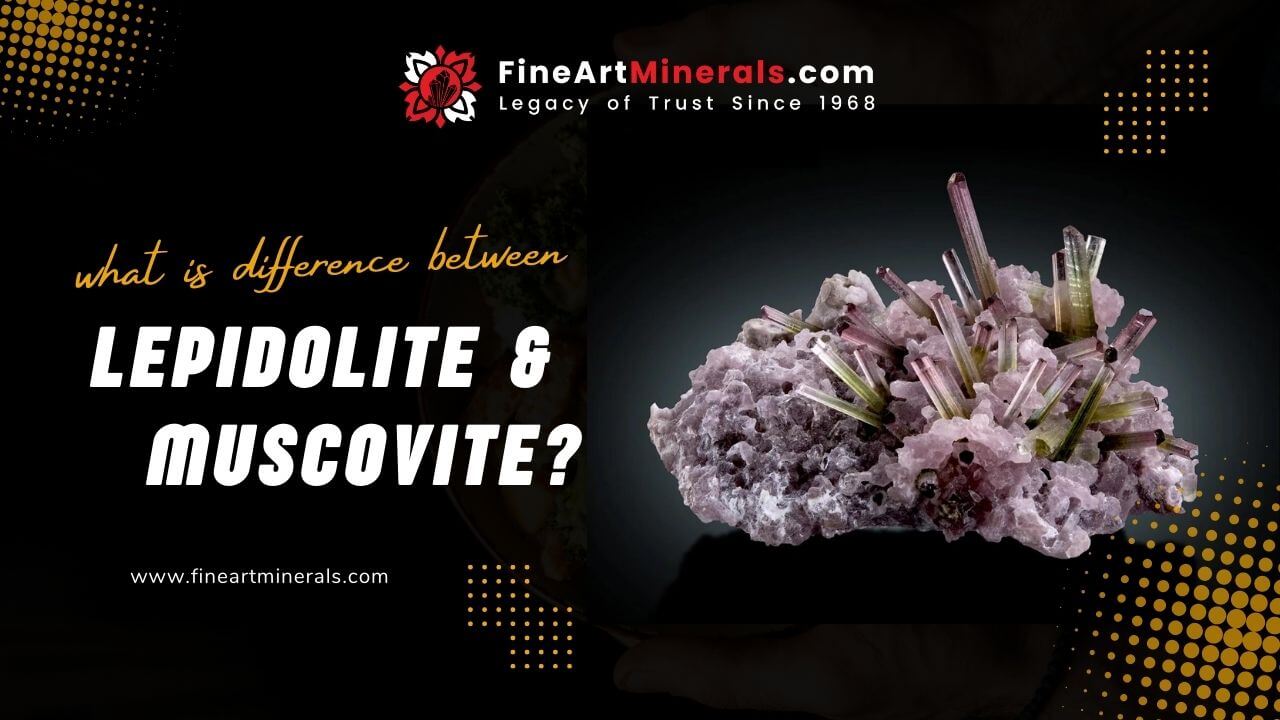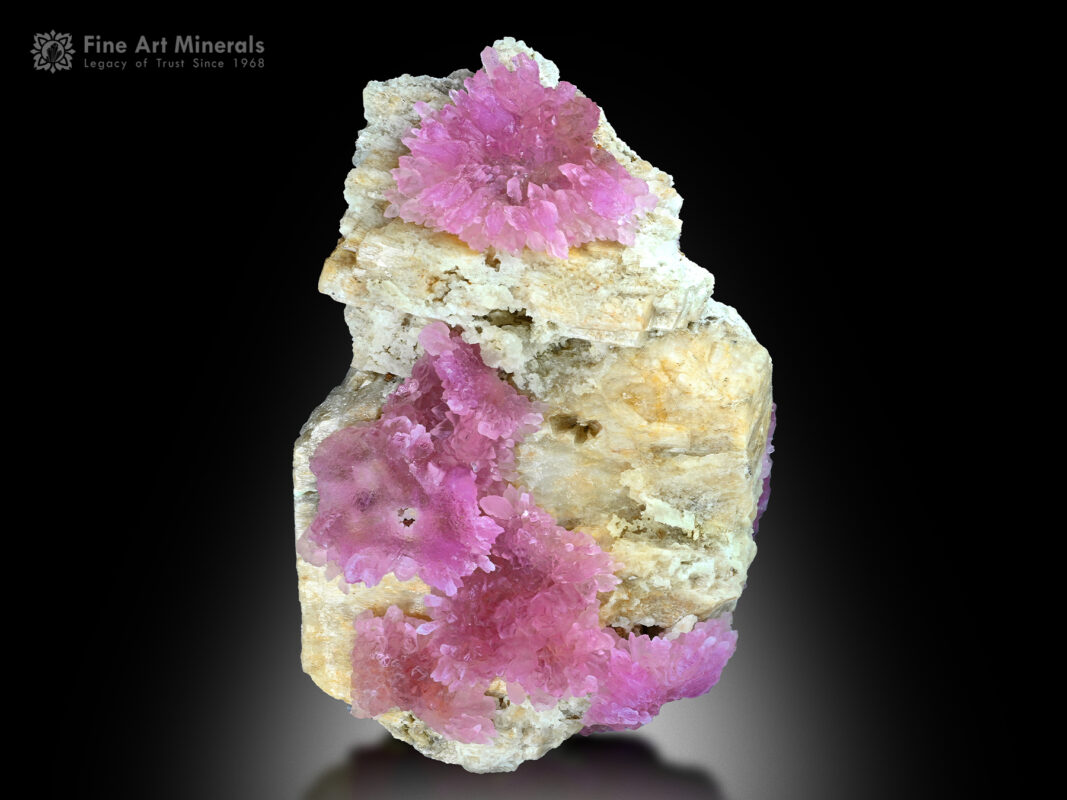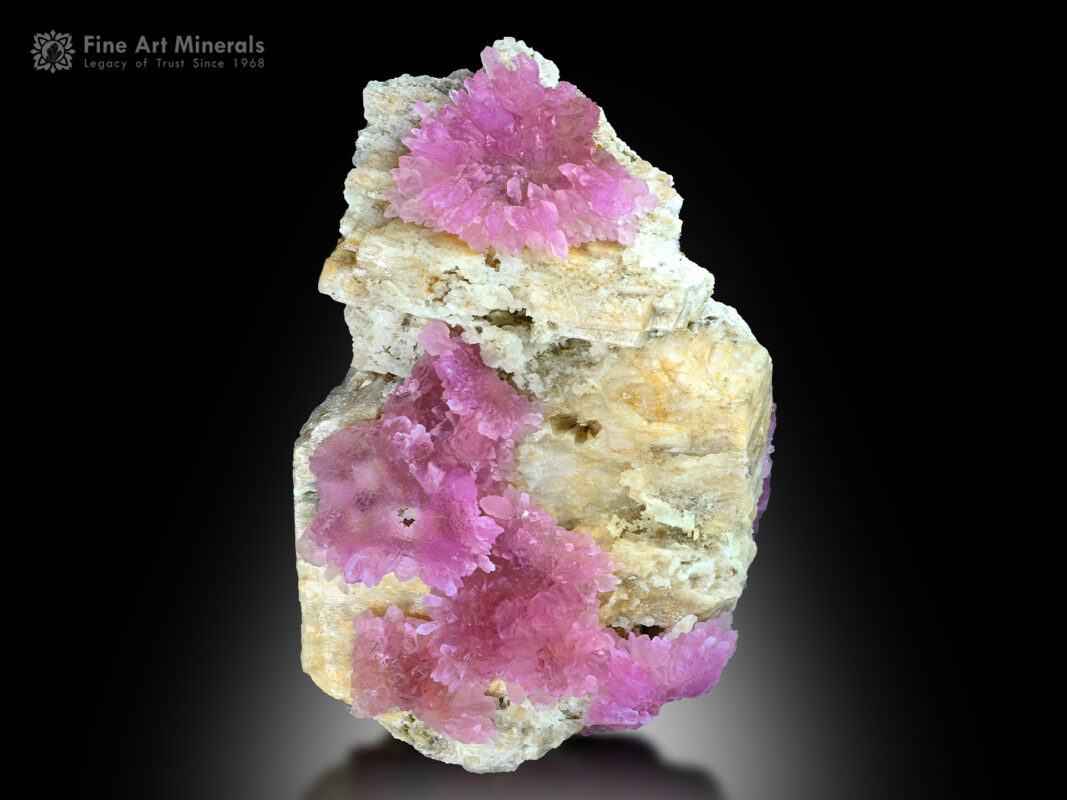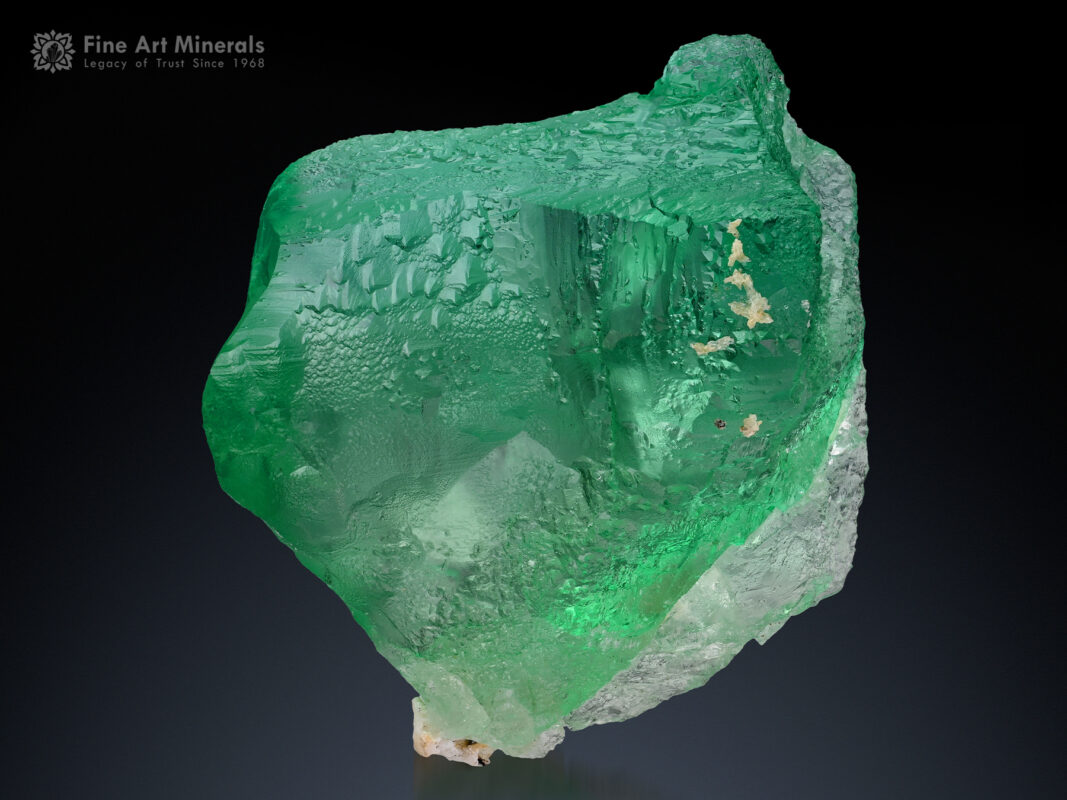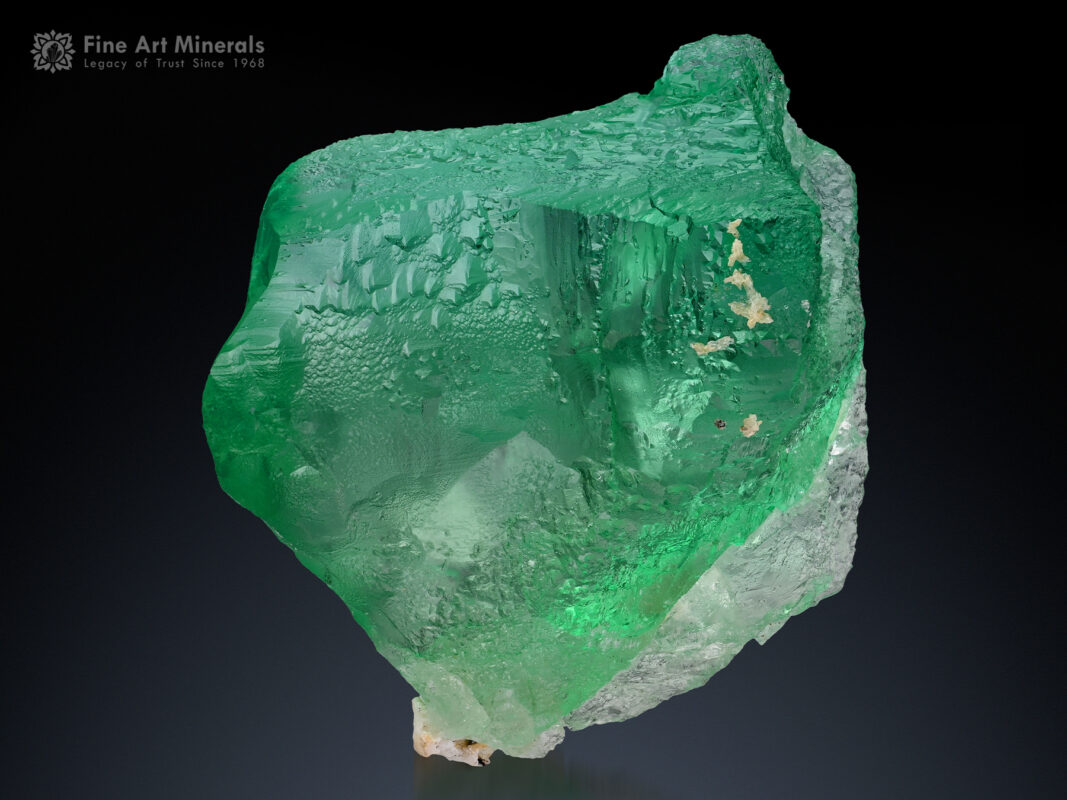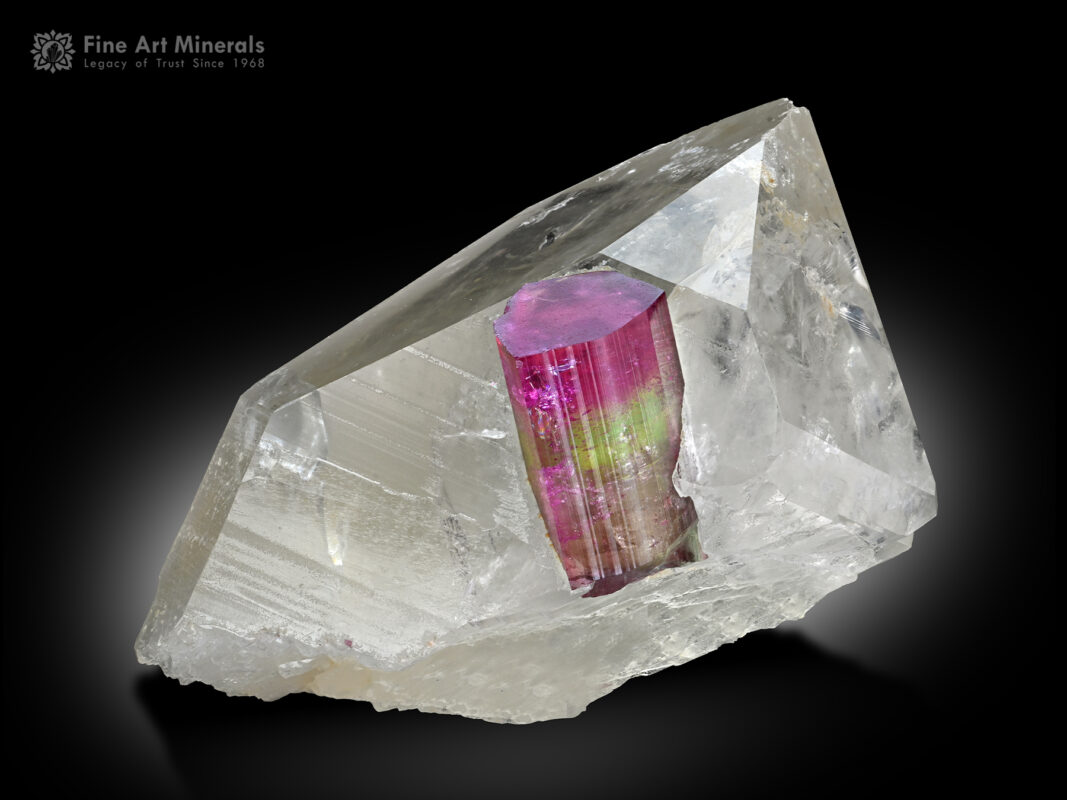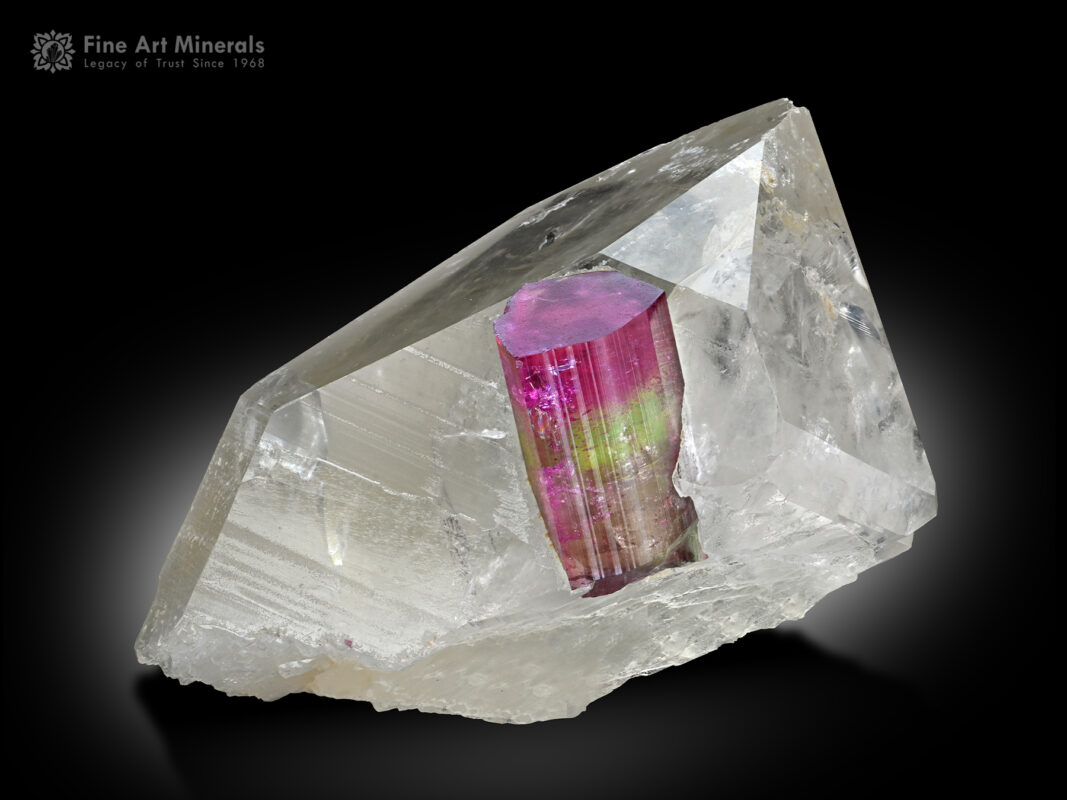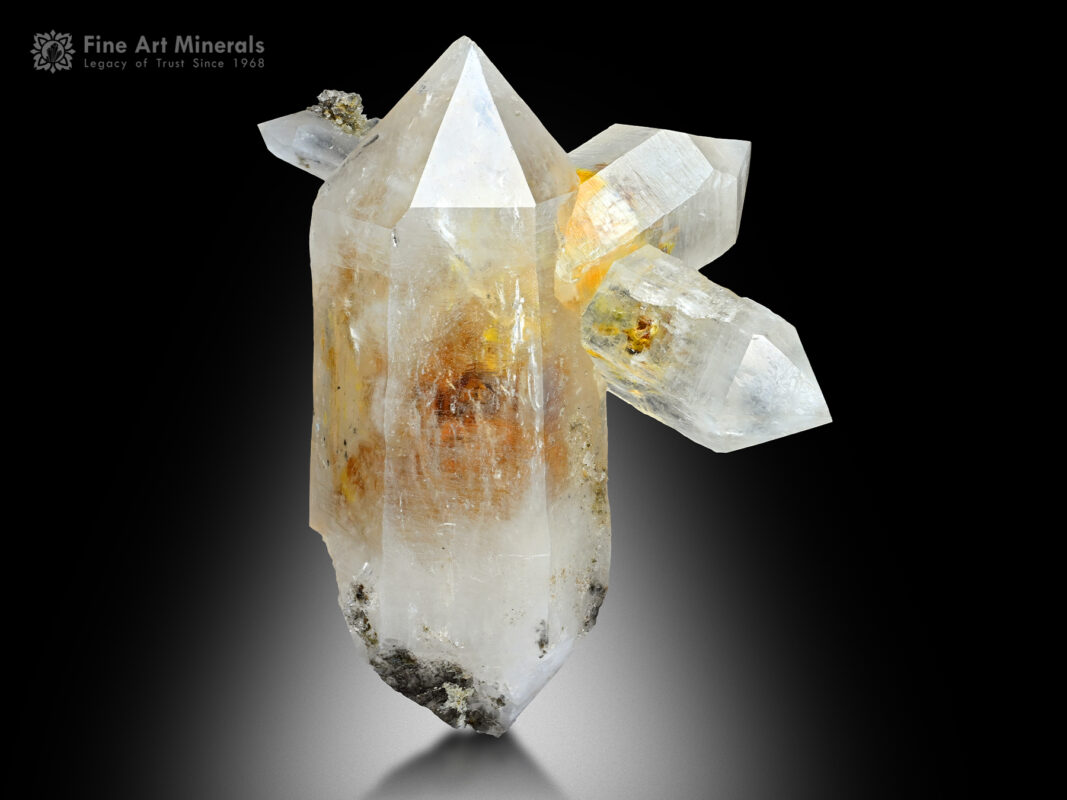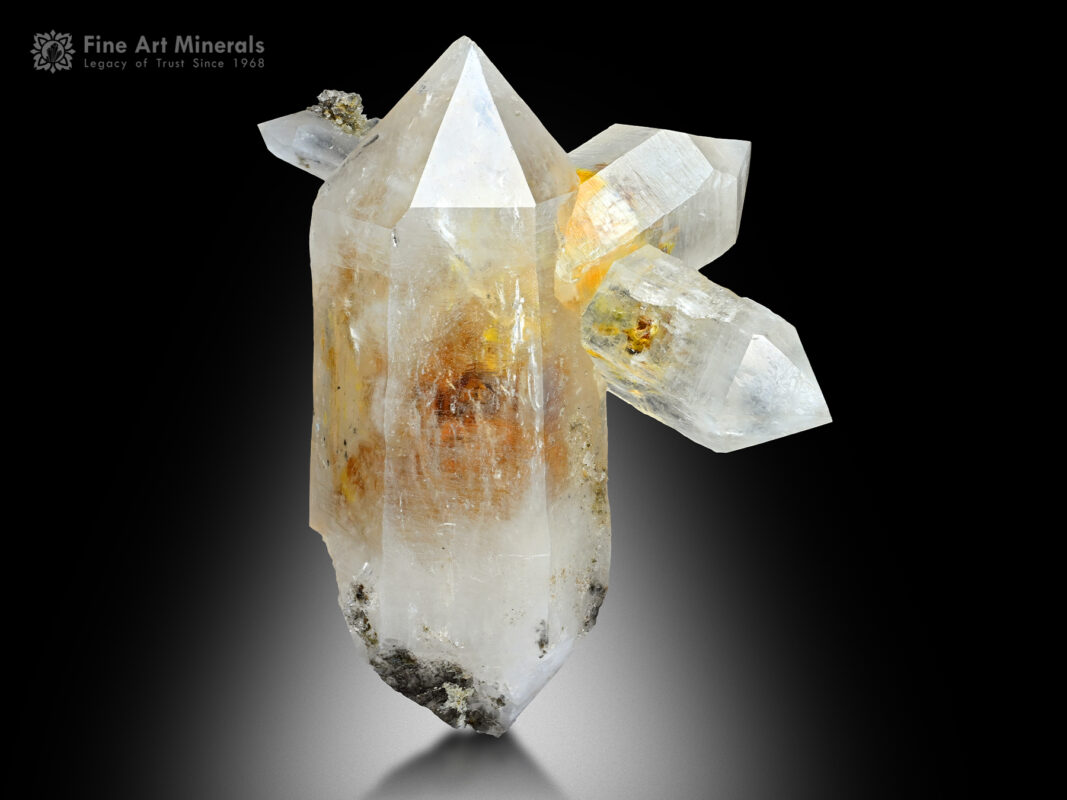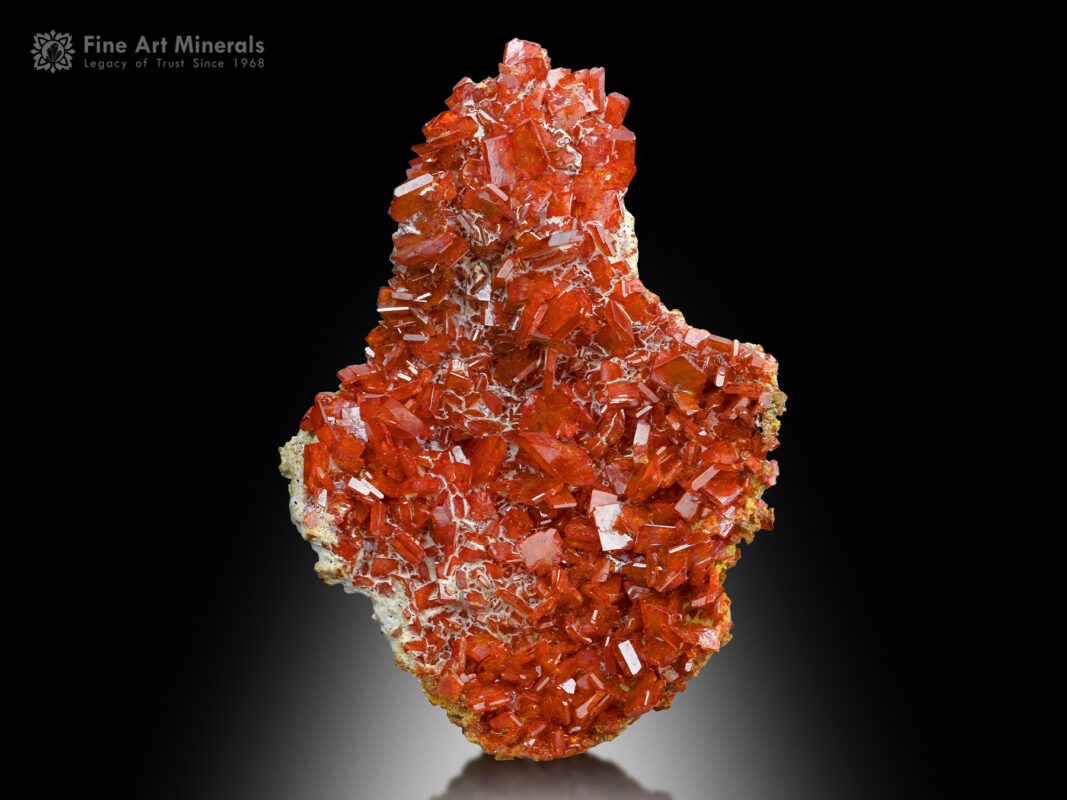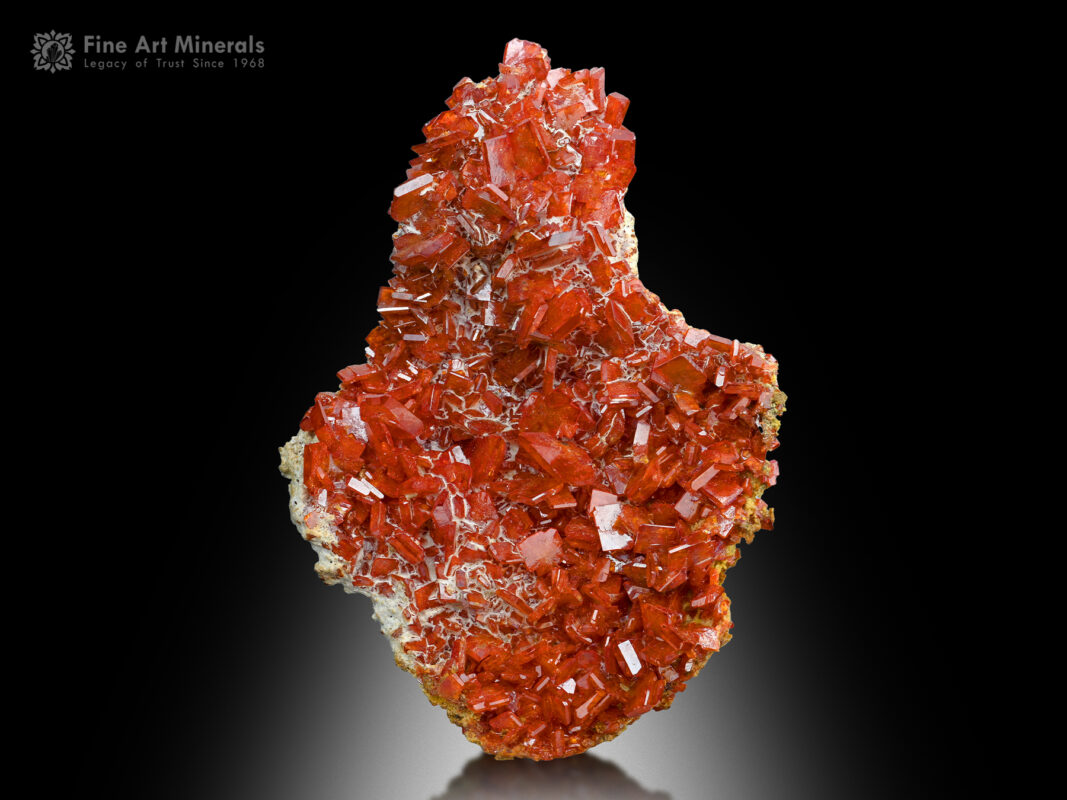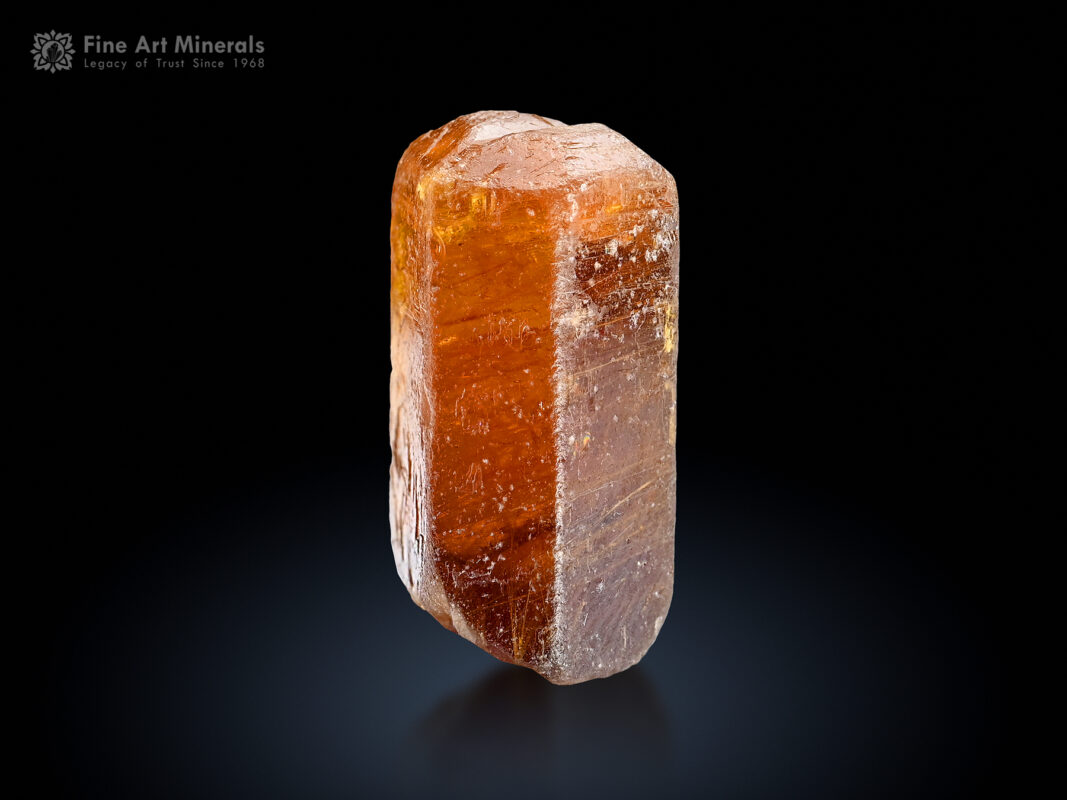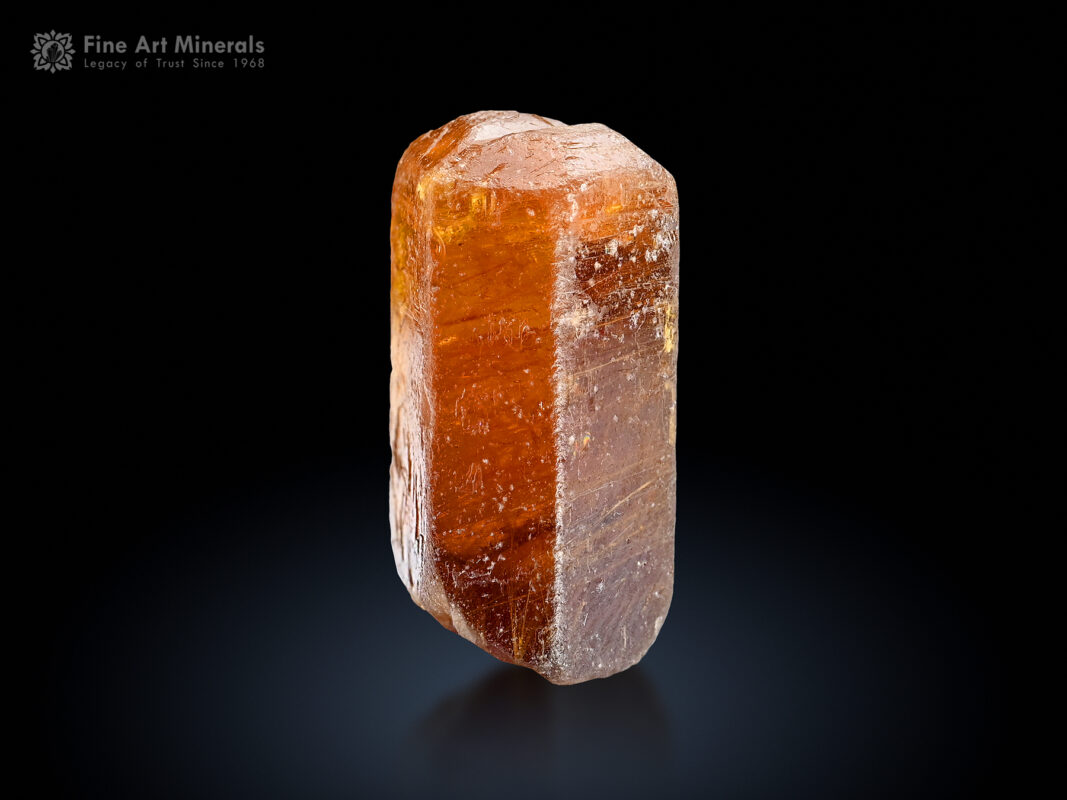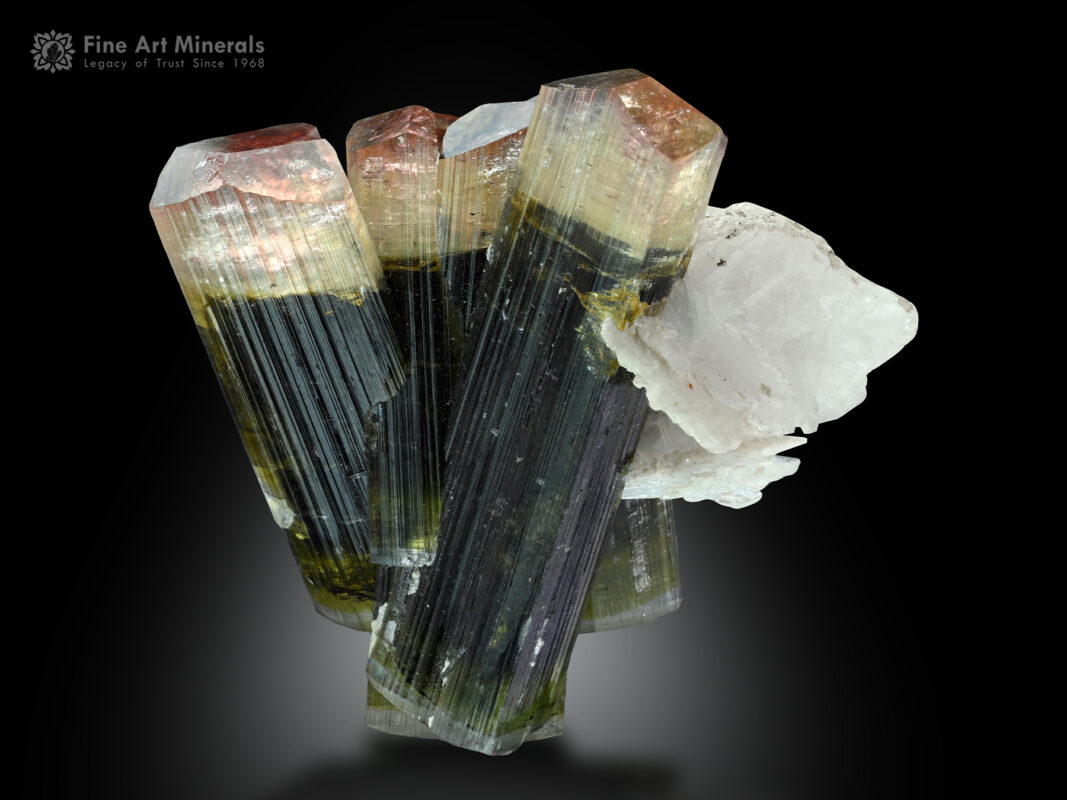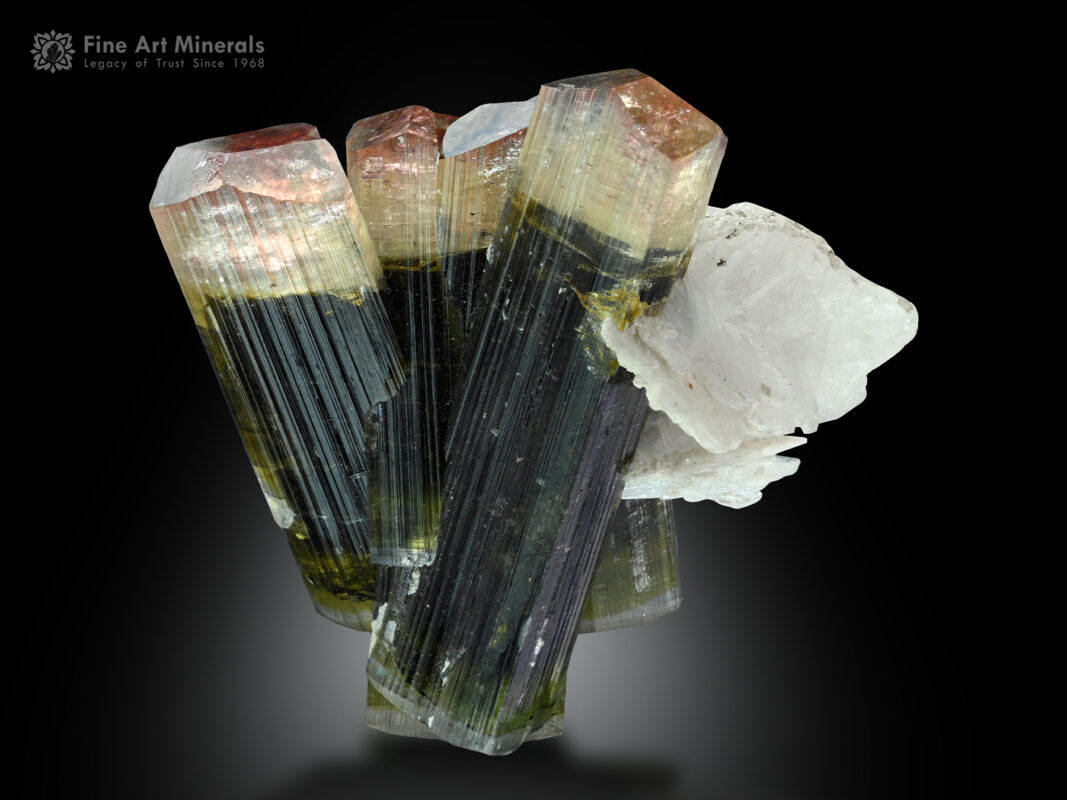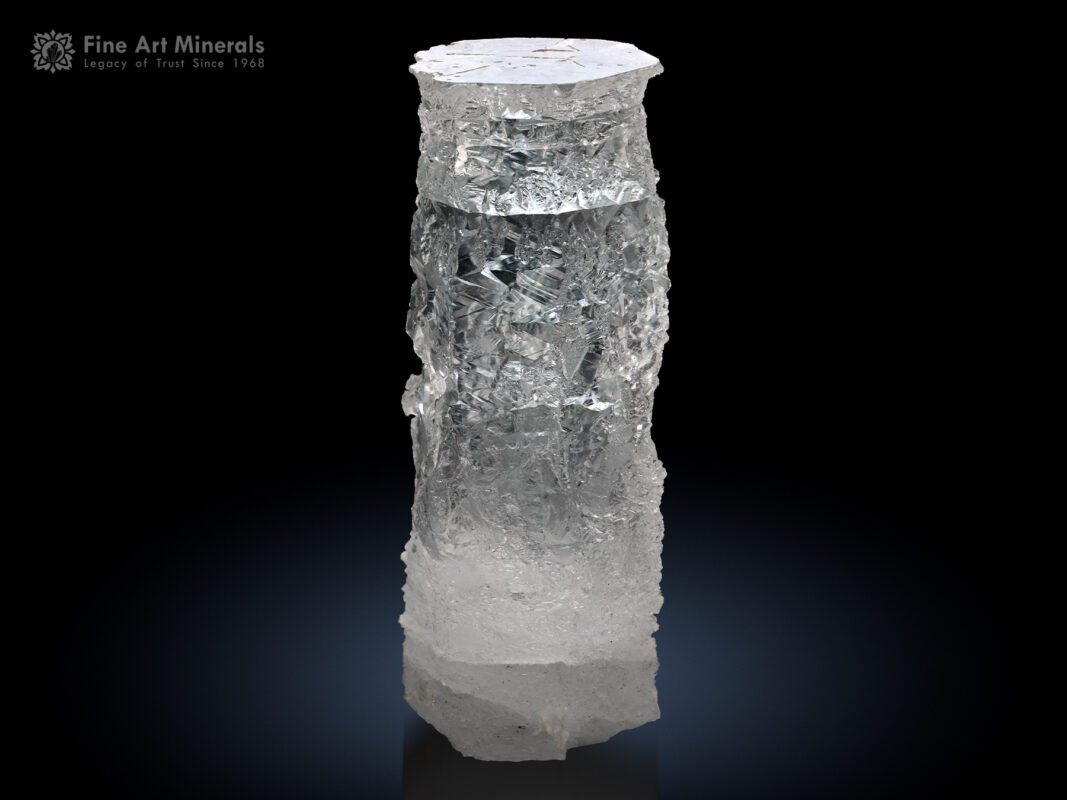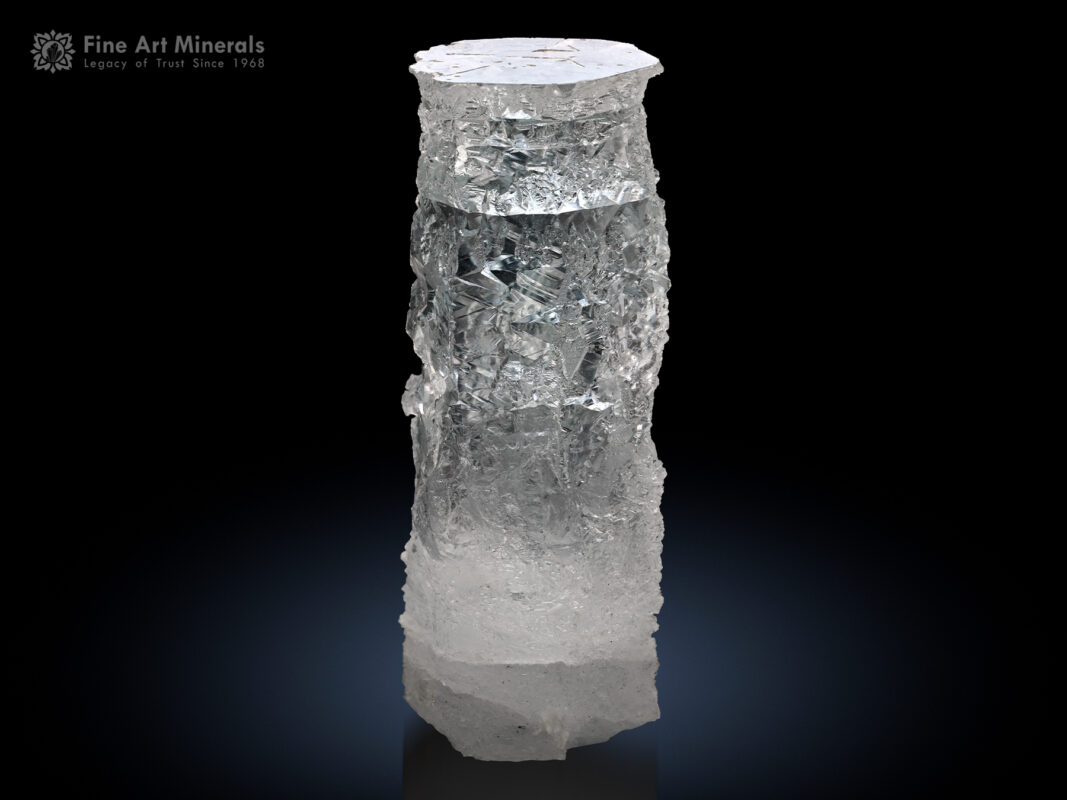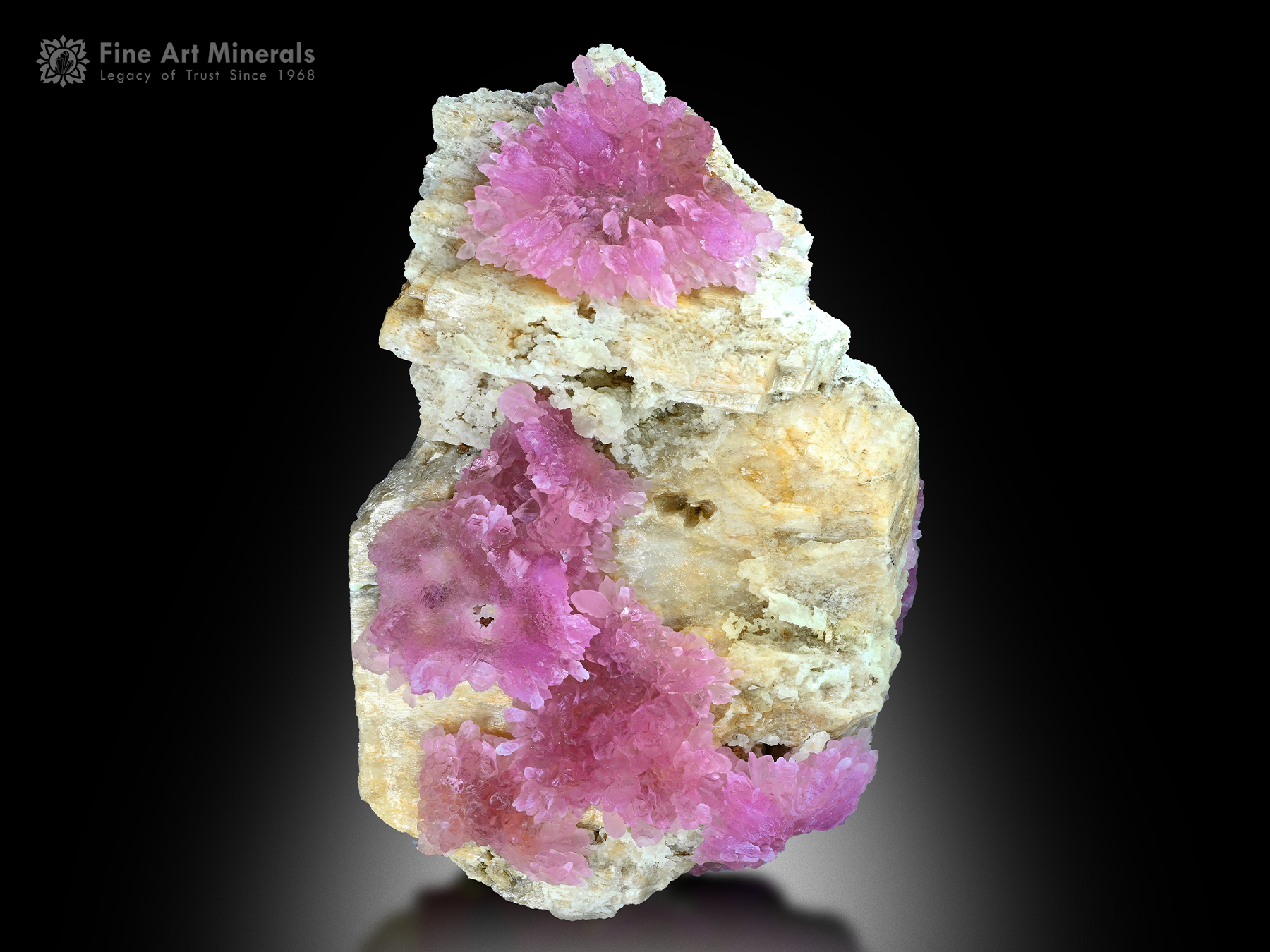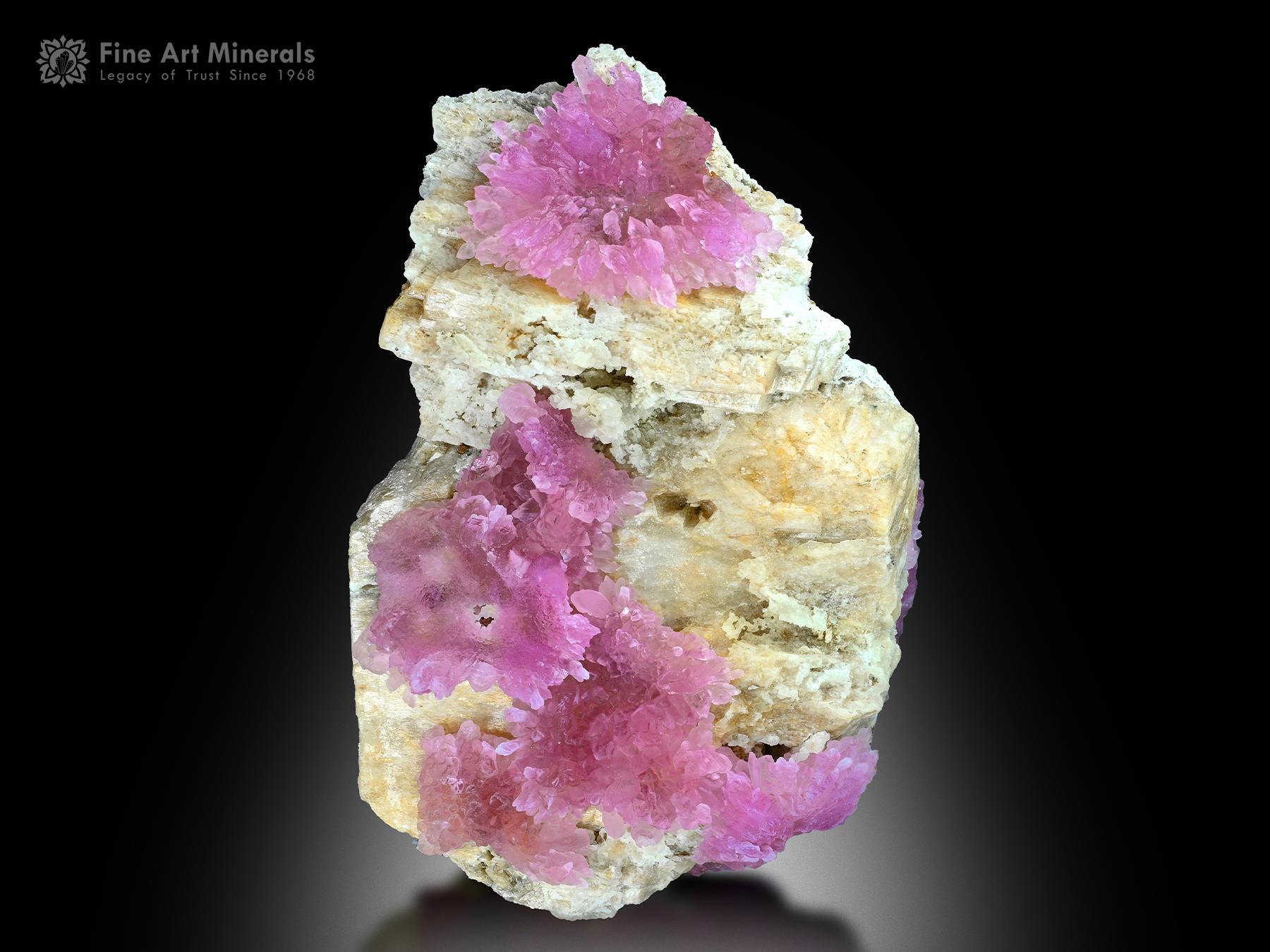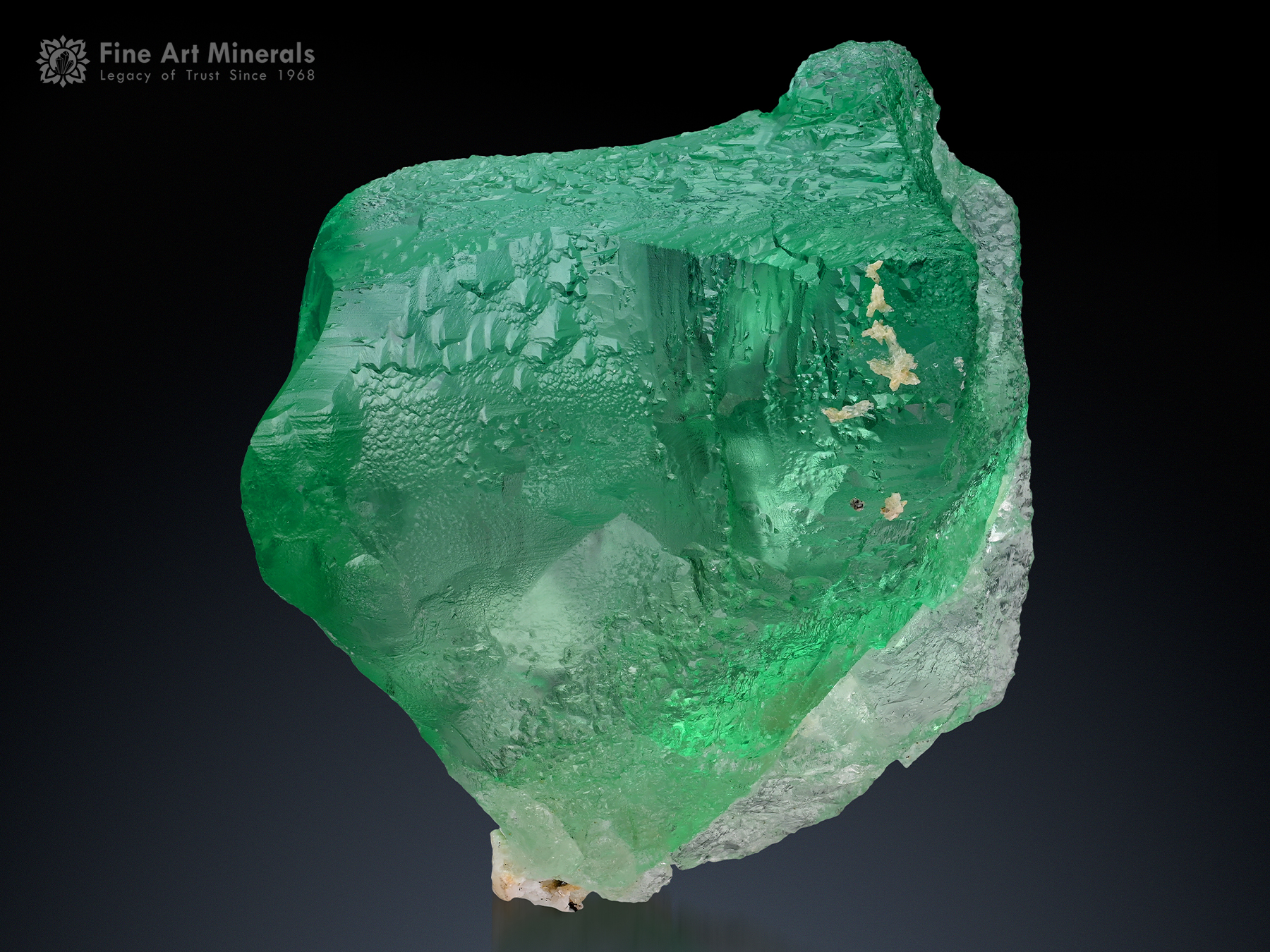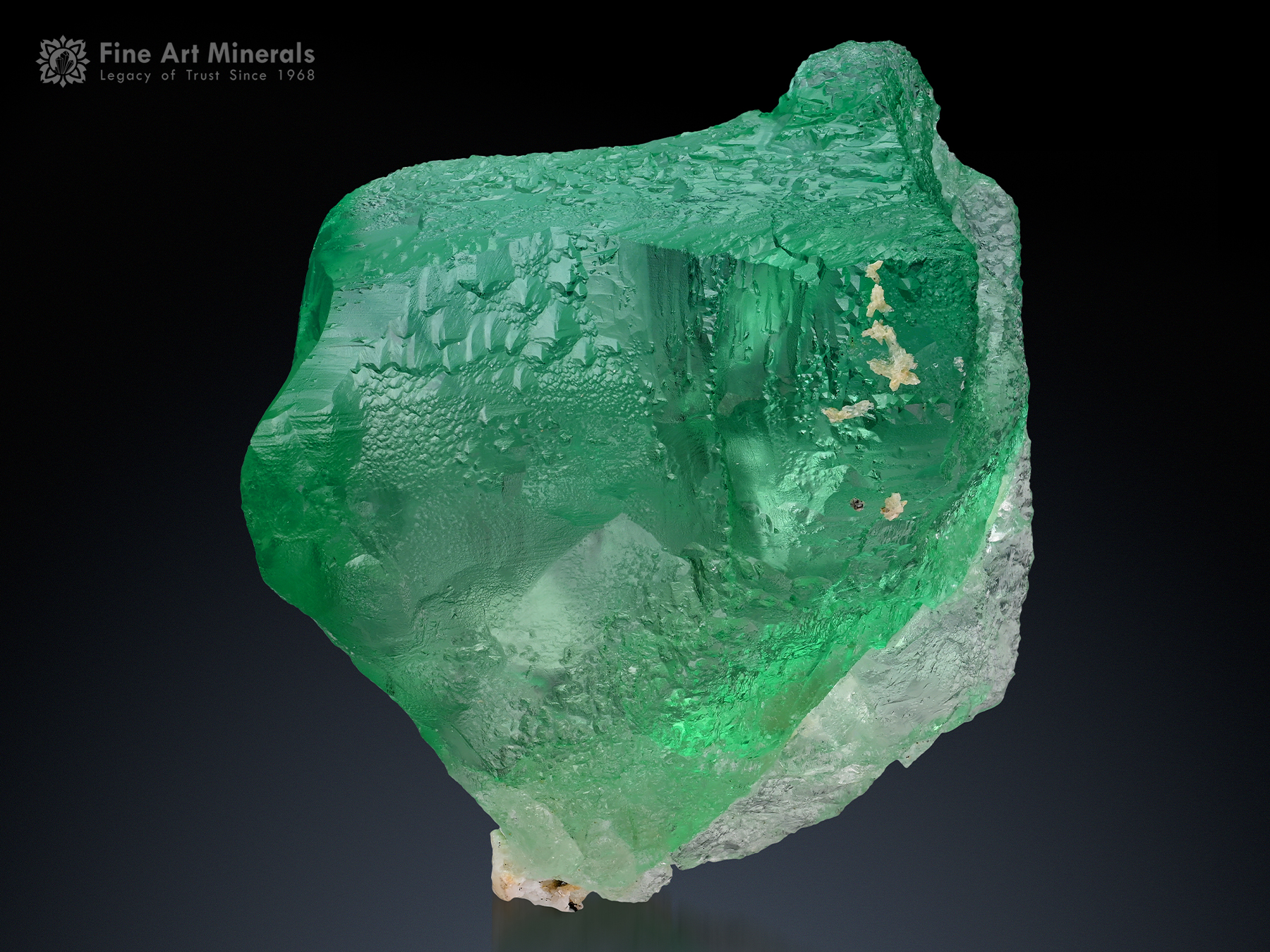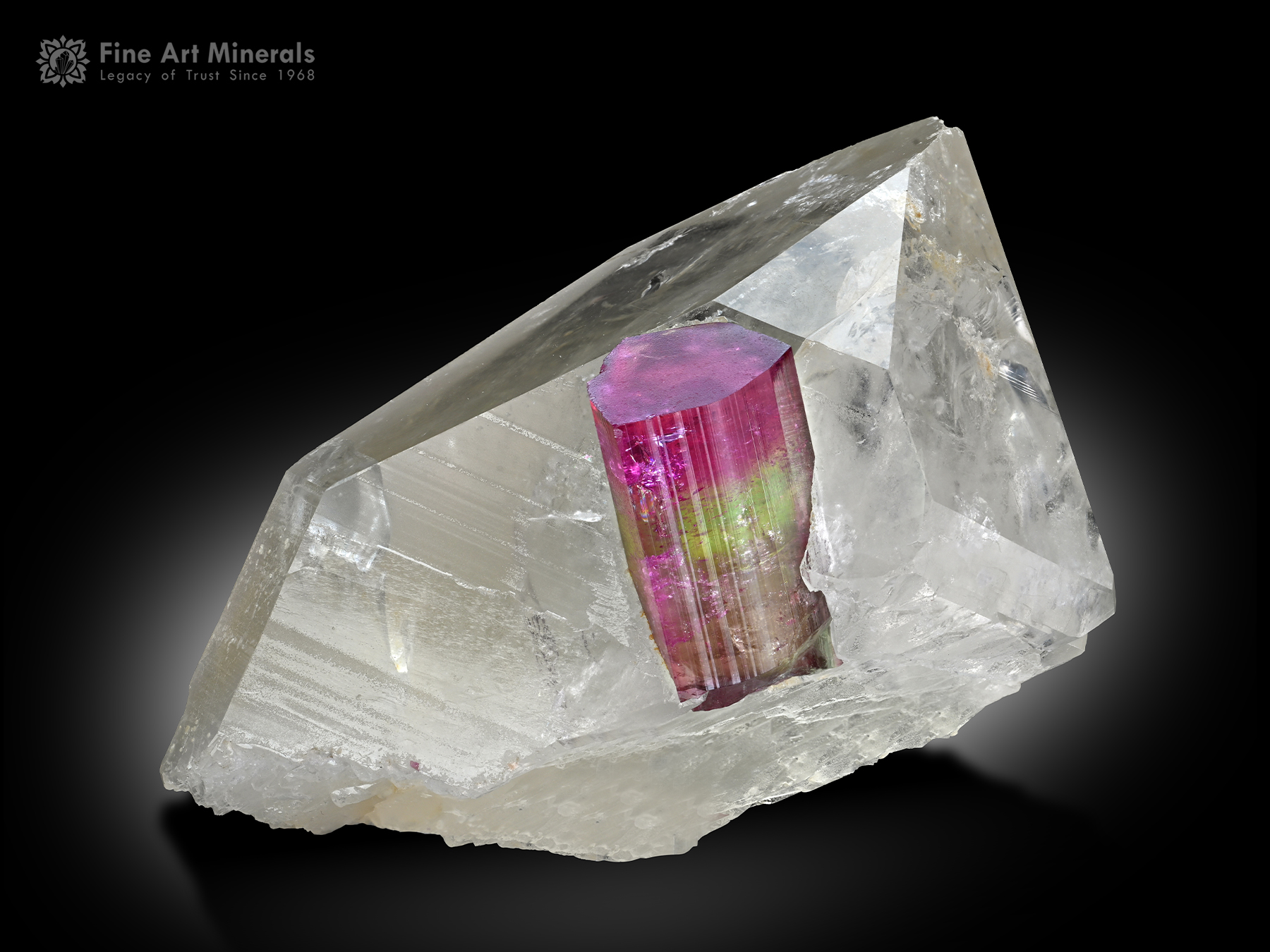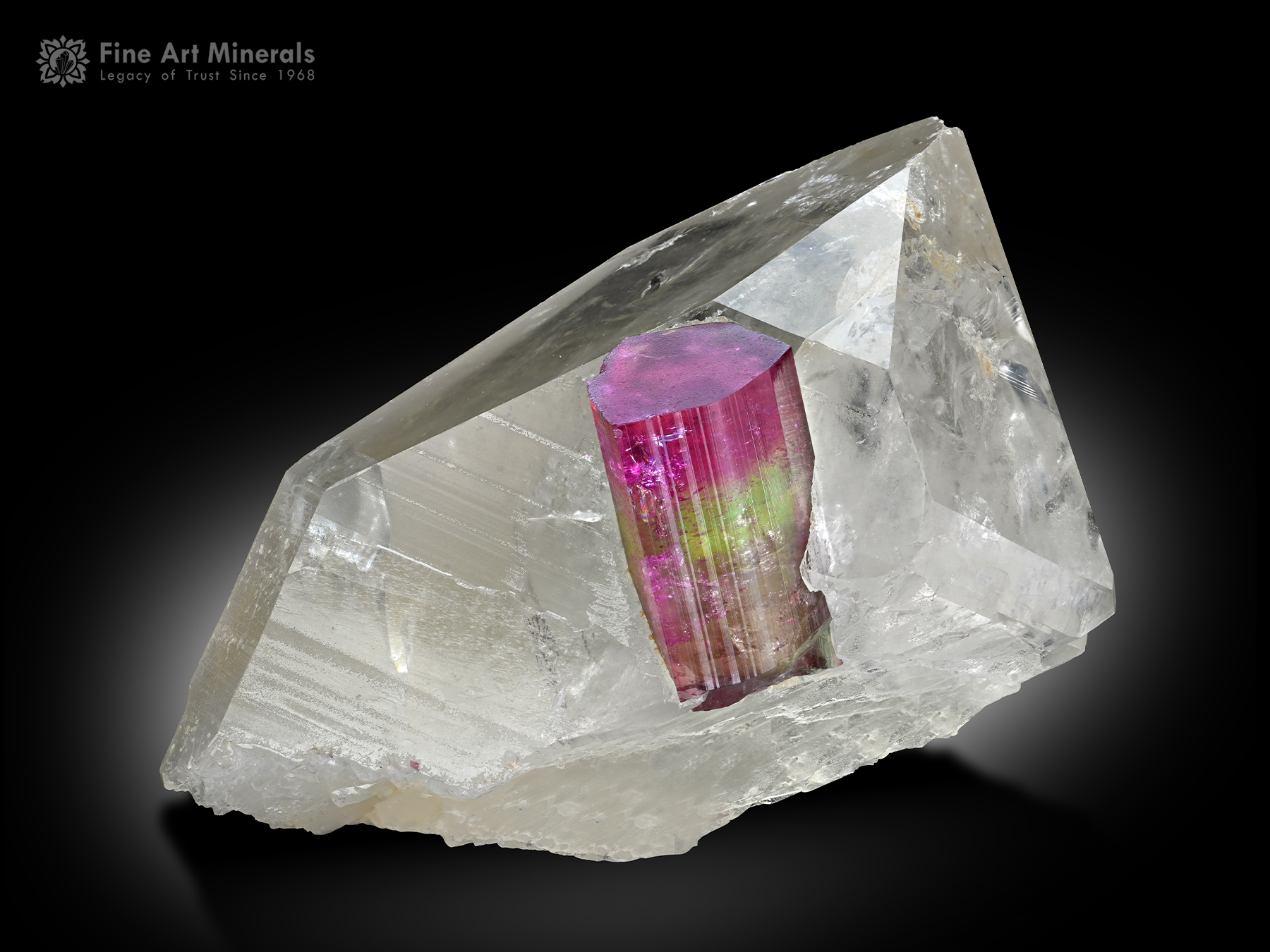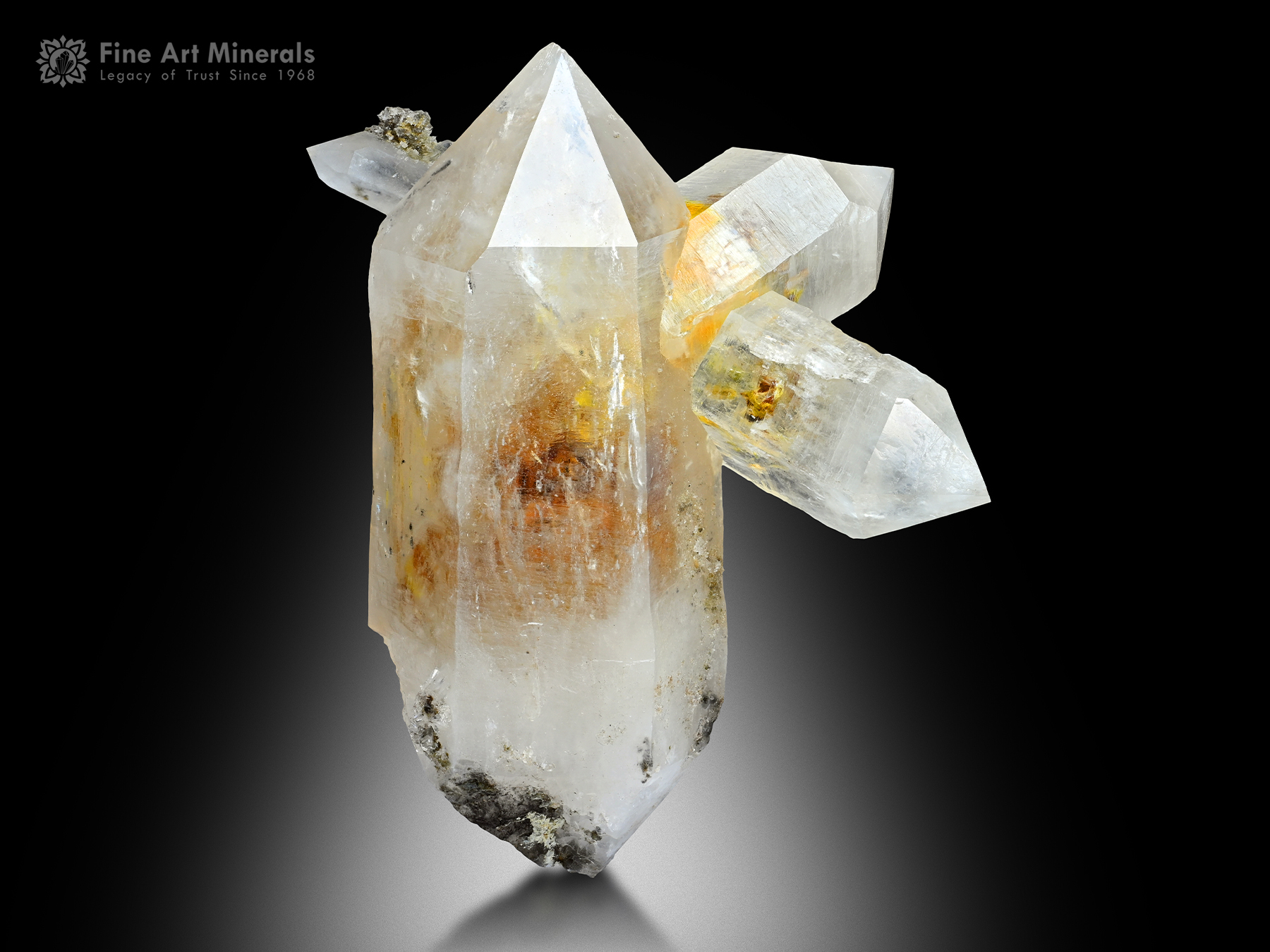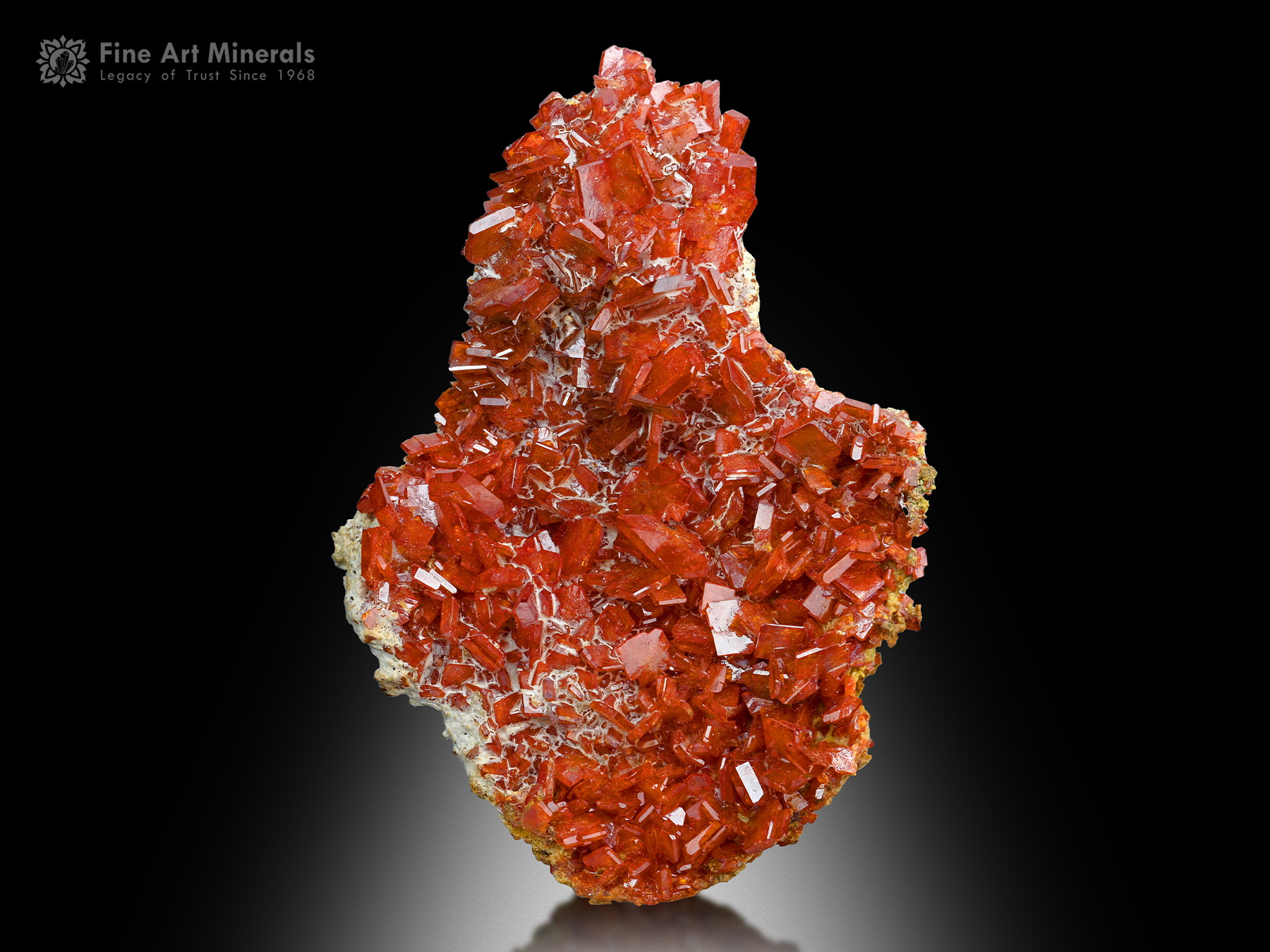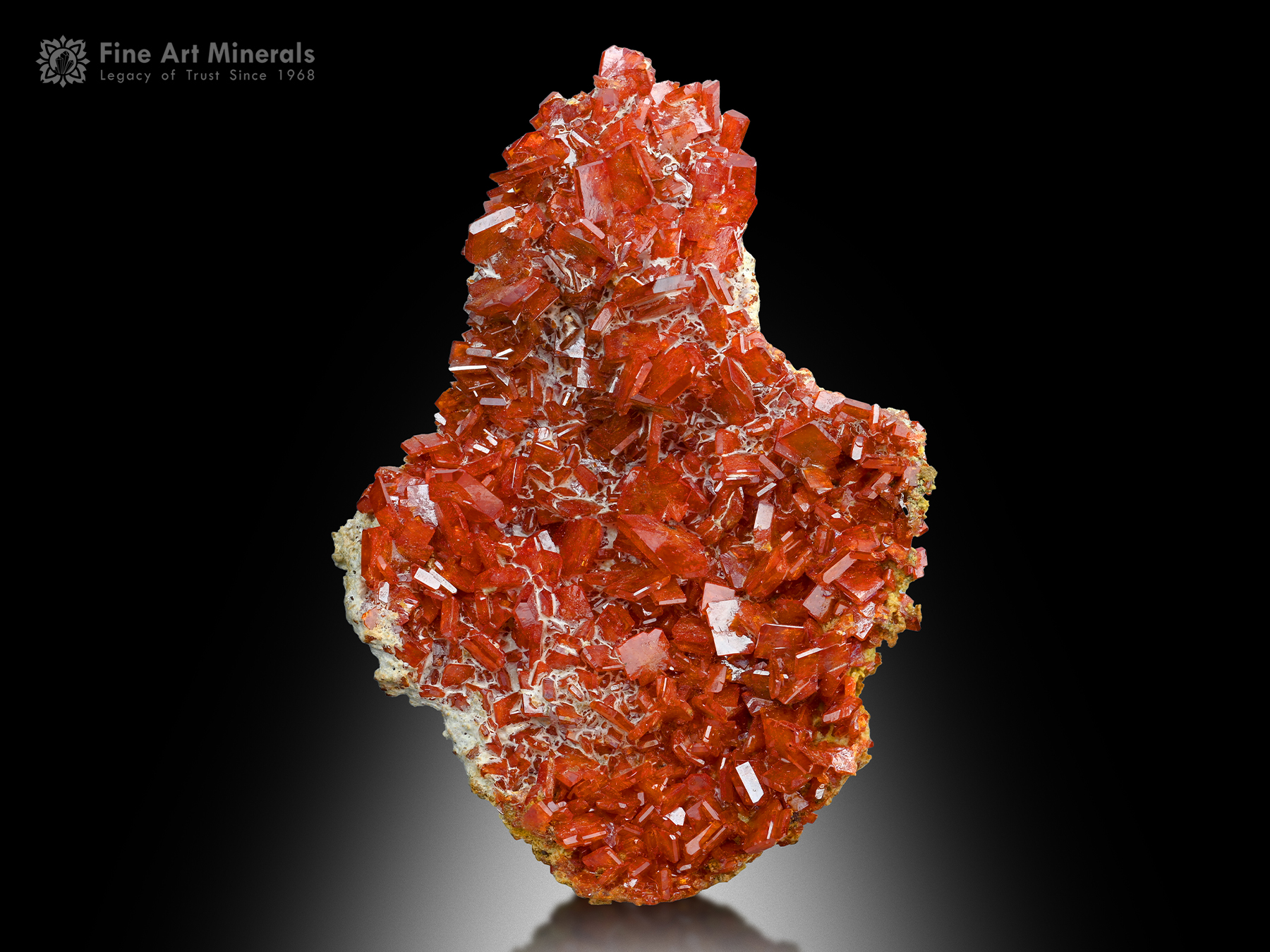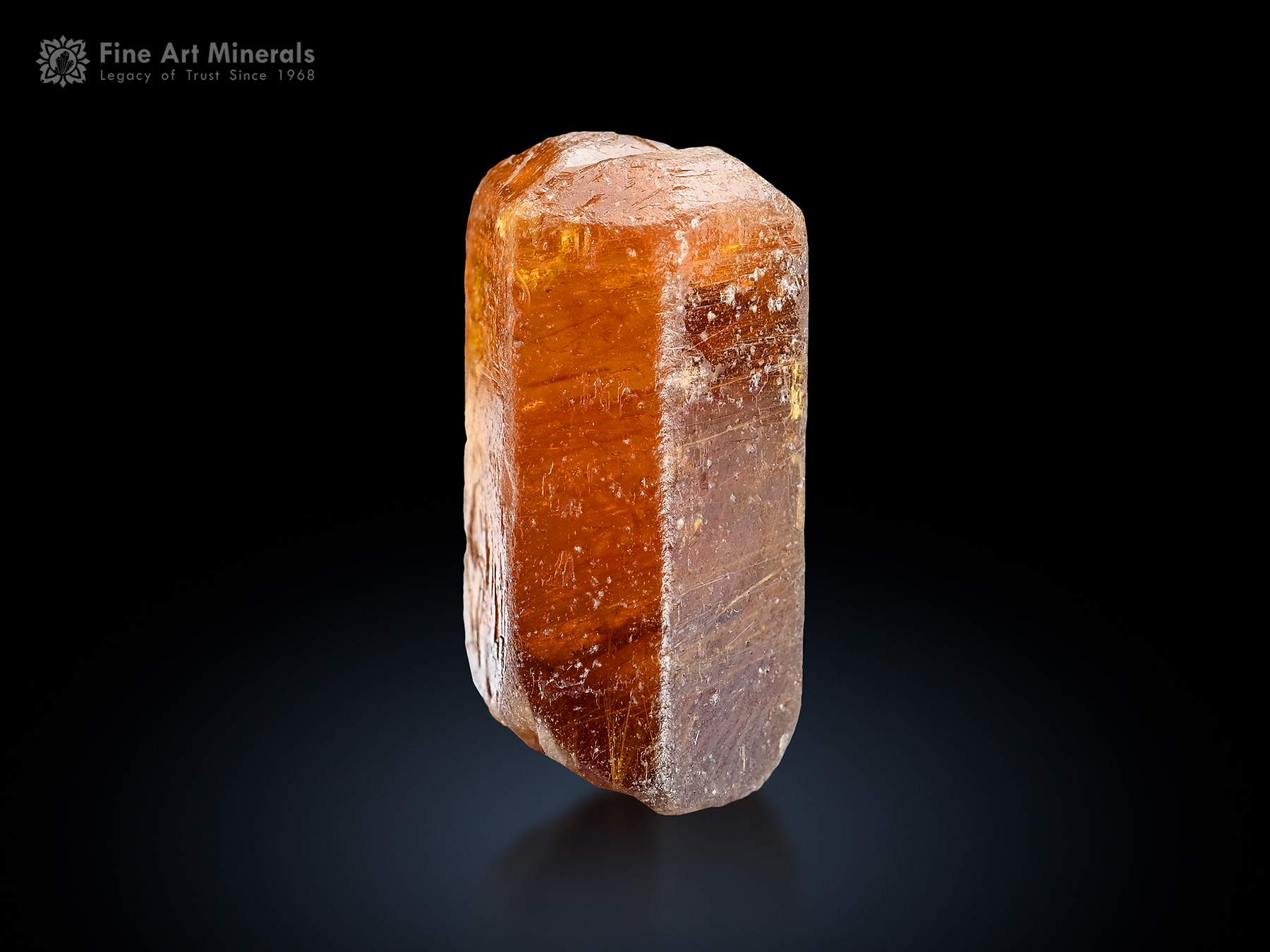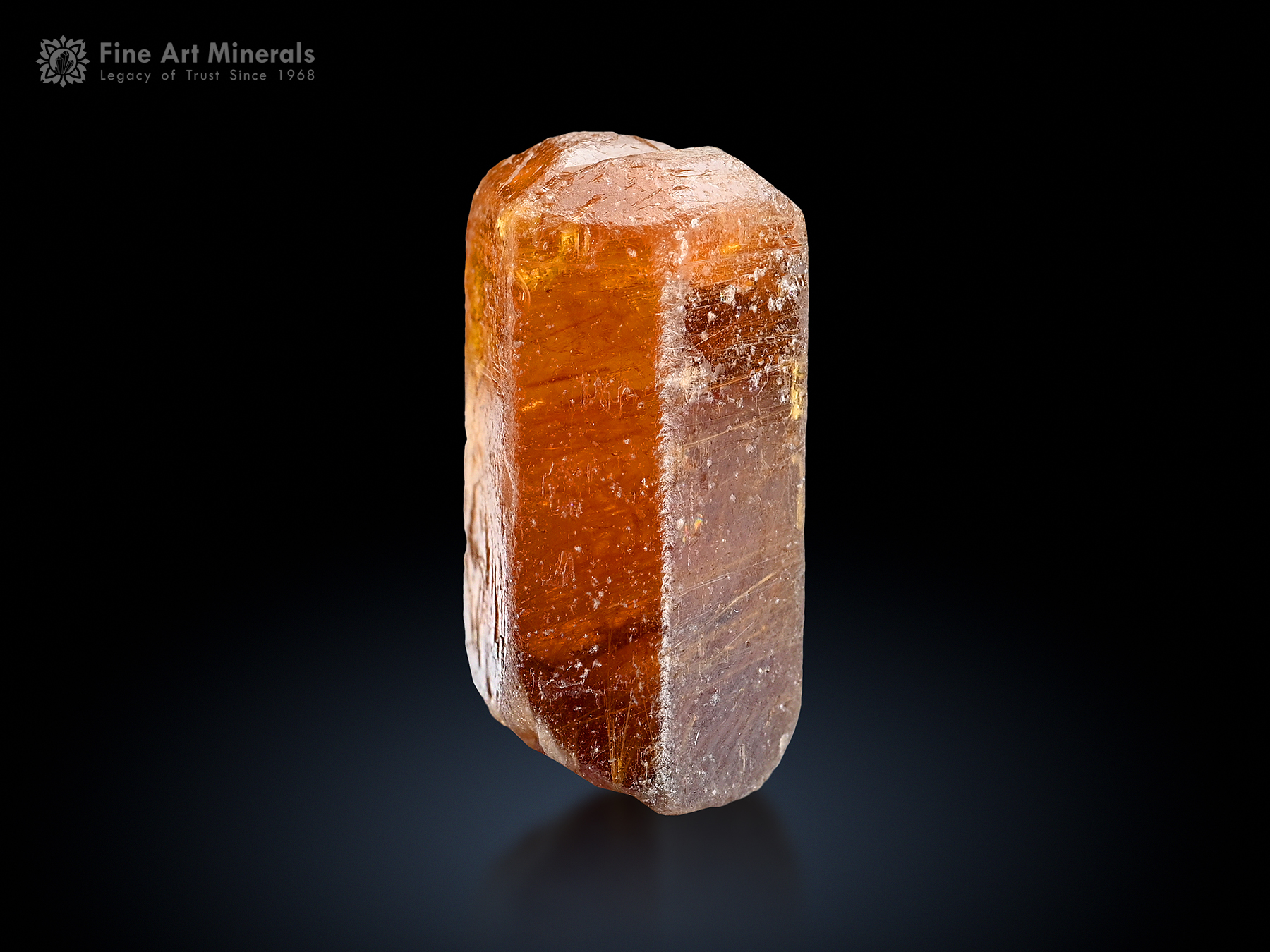In this blog I will let you know about the Difference Between Lepidolite and Muscovite, Lepidolite and Muscovite are two minerals that belong to the mica family.
While they share certain similarities, such as their mineral composition and appearance, they possess distinctive characteristics that set them apart.
Table of Contents
ToggleWhat is the Difference Between Lepidolite and Muscovite?
Both lepidolite and muscovite are members of the phyllosilicate mineral group, commonly referred to as micas.
Phyllosilicates are a category of minerals characterized by their sheet-like structure, composed of closely packed layers of silicon-oxygen tetrahedra. Micas exhibit excellent cleavage, resulting in thin, flexible sheets.
Lepidolite:
Lepidolite is a lithium-rich mica that often occurs in granitic pegmatites which are coarse-grained igneous rocks. It is a secondary mineral formed through the alteration of other lithium-containing minerals.
Lepidolite and muscovite exhibit distinctive absorption features in their infrared (IR) spectra, which can be helpful in their identification.
Lepidolite shows a broad absorption band around 3630-3660 cm^-1, associated with the stretching vibration of hydroxyl (OH) groups. It also exhibits absorption bands around 3430-3450 cm^-1 and 1650-1660 cm^-1, attributed to the stretching vibrations of water molecules.
Lepidolite is recognized for its striking lavender-to-purple color attributed to trace amounts of manganese.
This mineral is also known for its characteristic sparkling appearance due to the presence of small flakes or platelets. Lepidolite is valued for its lithium content and is occasionally used as a source of this element.
Muscovite:
Muscovite on the other hand is a common variety of mica found in various geological settings. It forms as a result of metamorphic processes, especially in metamorphic rocks like schist and gneiss, as well as in granite pegmatites.
Muscovite demonstrates a strong absorption band around 3700-3720 cm^-1, arising from the stretching vibrations of OH groups. It also exhibits a distinct absorption band around 1650-1680 cm^-1, associated with the bending vibrations of water molecules.
Muscovite typically exhibits a pale to colorless appearance occasionally with a slight yellow or green tint.
Unlike lepidolite, muscovite does not contain significant amounts of lithium or other unique trace elements. It is widely used in various industries due to its electrical and thermal insulating properties.
Characteristics of Lepidolite and Muscovite:
| Characteristics | Lepidolite | Muscovite |
| Chemical Composition | Lithium-rich mica | Aluminum-rich mica |
| Color | Lavender to Purple | Pale to Colorless |
| Occurrence | Granitic Pegmatites | Metamorphic Rock, Granite Pegmatites |
| Lithium Content | May contain rubidium, cesium, and fluorine | Does not contains significant amount of Lithium |
| Trace Elements | Trace Amounts of Manganese | Lacks distinctive trace elements |
| Cleavage | Perfect Basal Cleavage | Perfect Basal Cleavage |
| Luster | Pearly to Vitreous | Pearly to Vitreous |
| Hardness | 2.5-4 on Moh Scale | 2.5-5 on Moh Scale |
| Transparency | Transparent to Translucent | Transparent to Translucent |
| Uses | Source of Lithium, Lithium-ion, batteries | Electrical Insulator, Industrial Applications |
Conclusion
Lepidolite and muscovite are distinct minerals from the mica family. Lepidolite is primarily known for its lithium content and can be found in granitic pegmatites while muscovite is a standard variety found in metamorphic rocks and granite pegmatites.
Understanding the differences between these minerals enhances our knowledge of the vast diversity within the mineral kingdom and the various roles they play in different geological environments.
So, this is the complete detail about What is the Difference Between Lepidolite and Muscovite? I hope you have gone through it,
If you have any kind of questions or suggestions or want any kind of information about minerals, feel free to ask in the comment section below.
Thanks for reading.

